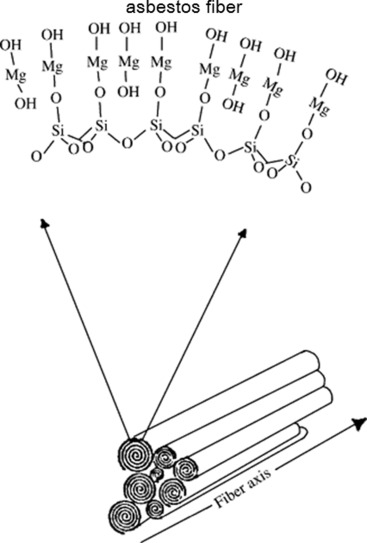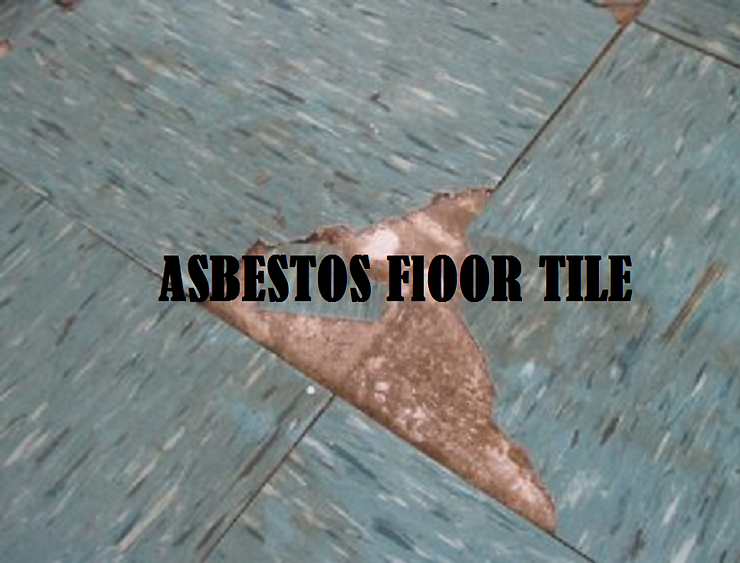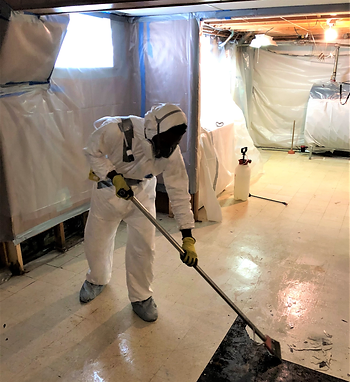We always hear about the dangers that asbestos poses to our health, but what exactly is asbestos?
The science of asbestos:
Asbestos refers to a group of six silicate minerals with long, fibrous crystals. Their special mineral structure makes them resistant to fire, heat, and certain chemicals. Additionally, these fibers are easily separated and broken apart. There are six main types of asbestos: actinolite, amosite, anthophyllite, chrysotile, crocidolite, and tremolite. Crocidolite, also known as blue asbestos, is the most hazardous to health.

Where is asbestos found?
Due to their strength, flexibility, fire/heat resistance, and resistance to degradation, asbestos were valuable for various industrial applications. They were used to insulate, fireproof, and reinforce buildings. While containing extremely useful properties for construction, the dangerous properties of asbestos were unknown during their time of peak popularity. They were used in insulation, flooring, ceilings, walls, roofing, HVAC systems, and more.

What makes asbestos so dangerous?
Asbestos only become hazardous when broken or chipped. When disturbed, the tiny asbestos fibers can be released into the air, where they can then be inhaled. Their long and thin needle-like shape can allow the fibers to penetrate deep into the lungs and other surrounding organs. Even worse, their durability and resistance makes them almost impossible to be broken down or expelled by the body. So, once inhaled, asbestos can remain in your body for many years. While in your body, their chemical properties can lead to a multitude of health problems including:
- Asbestosis: scarring of the lung tissue, leading to difficulties breathing and increased risk of respiratory failure
- Lung cancer
- Mesothelioma
- Other cancers including cancers of the larynx, ovaries, and other organs
Because of the dangers that asbestos pose when they are damaged, it is extremely important to hire a professional to take care of asbestos removal instead of attempting to do it yourself. Asbestos removal requires professional training, personal protective equipment, and special tools. Taking care of asbestos properly requires assessment and inspection, planning, preparation, removal, proper cleaning and disposal, and a post-removal reinspection (along with a heavy stack of paper work!).
Don’t put yourself at risk, hire a professional like Lead and Mold Detectives to assess your home for asbestos!

